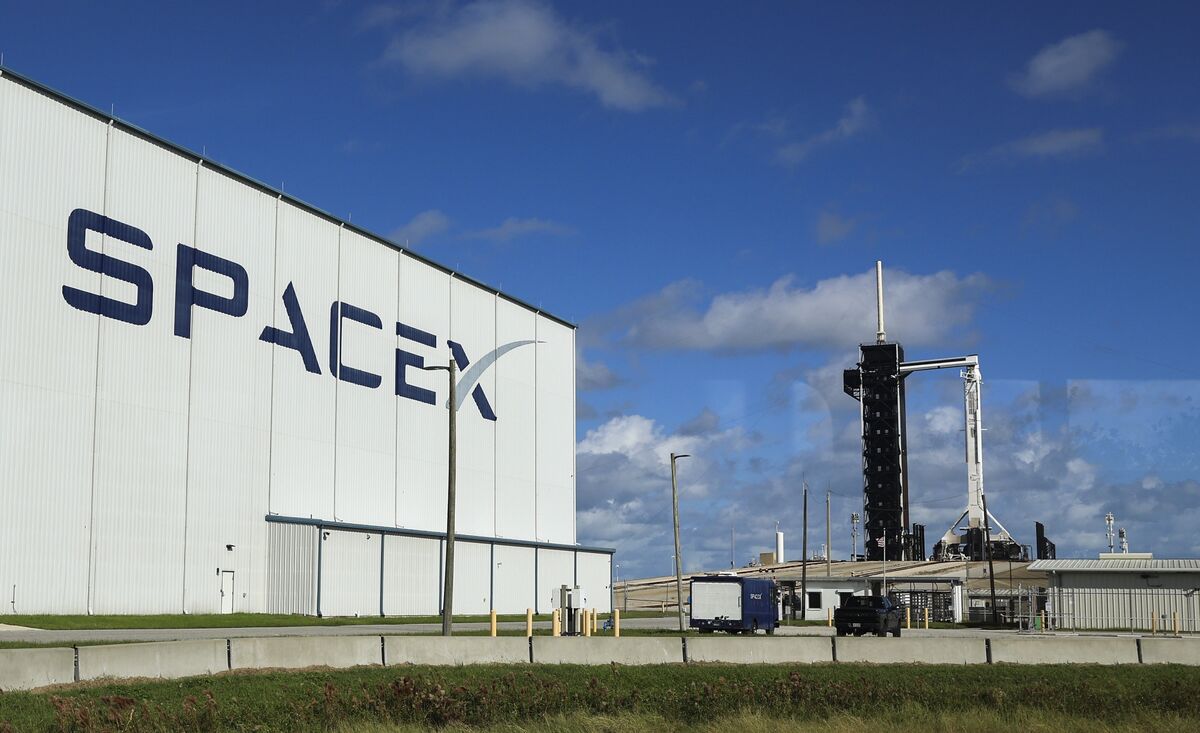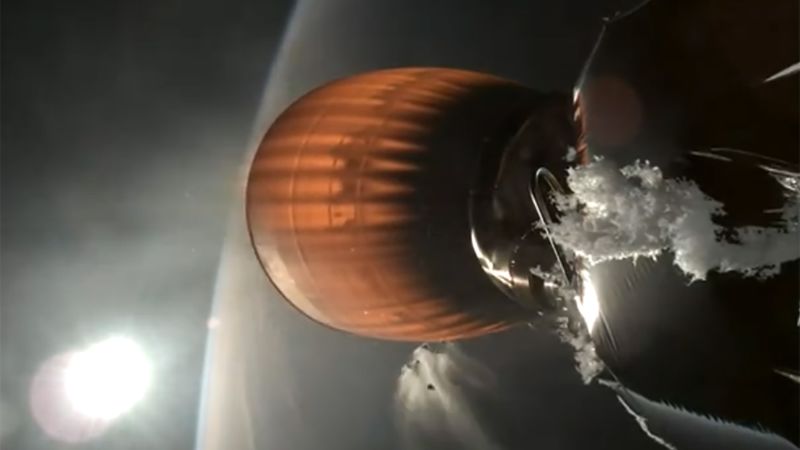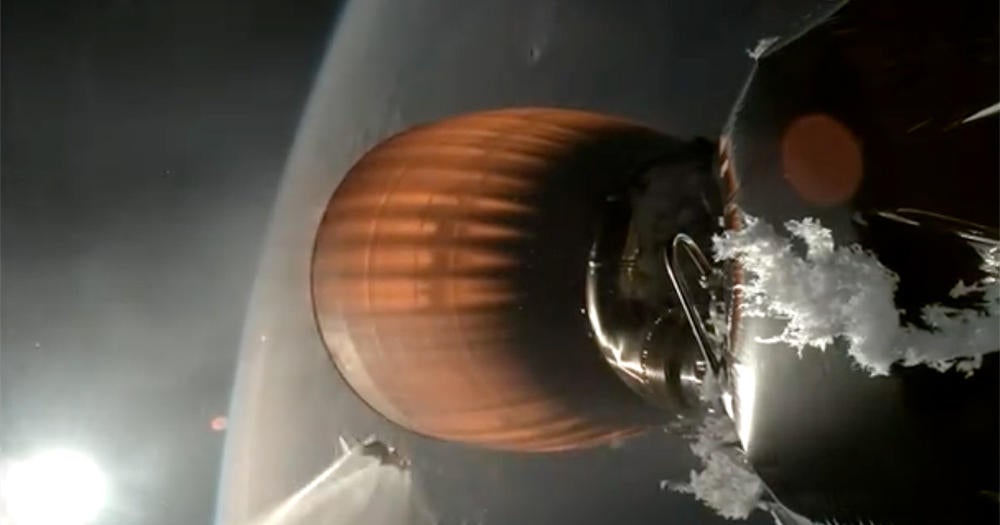
SpaceX, an aerospace manufacturer and space transportation services company founded by Elon Musk, experienced a rare failure of its Falcon 9 rocket during the launch of Starlink internet satellites on July 12, 2024. The incident marked the first major in-flight mishap for the Falcon 9 vehicle in hundreds of launches.
The uncrewed rocket was carrying twenty Starlink satellites, including thirteen with new 'direct to cell' capabilities that enable connection to unmodified smartphones. However, due to the failure during the second stage of the rocket, these satellites were deployed into a lower than intended orbit.
This is significant because SpaceX's Falcon 9 rocket has been a workhorse vehicle in both commercial and government launches as well as NASA's human spaceflight program. The failure occurred at Vandenberg Space Force Base in California, where the company has launched numerous Starlink satellites.
The exact nature of the issue with the rocket's upper stage is currently unknown. Elon Musk mentioned that some of the Starlink satellites were deployed but their orbit may be too low for them to raise it. More information regarding this matter would be known in a few hours.
SpaceX is reviewing data from the launch to understand the root cause of the failure and attempting to have five of these satellites raise their orbit using their ion thrusters. The malfunction may impact plans for Jared Isaacman and three crewmates' commercial flight atop a Falcon 9, as well as NASA's plans for a fresh crew to the International Space Station aboard a SpaceX Crew Dragon capsule.
Ice buildups on rockets are not unusual but the amount seen during Thursday's launch was much more significant than observed on earlier flights, indicating a problem of some sort.


